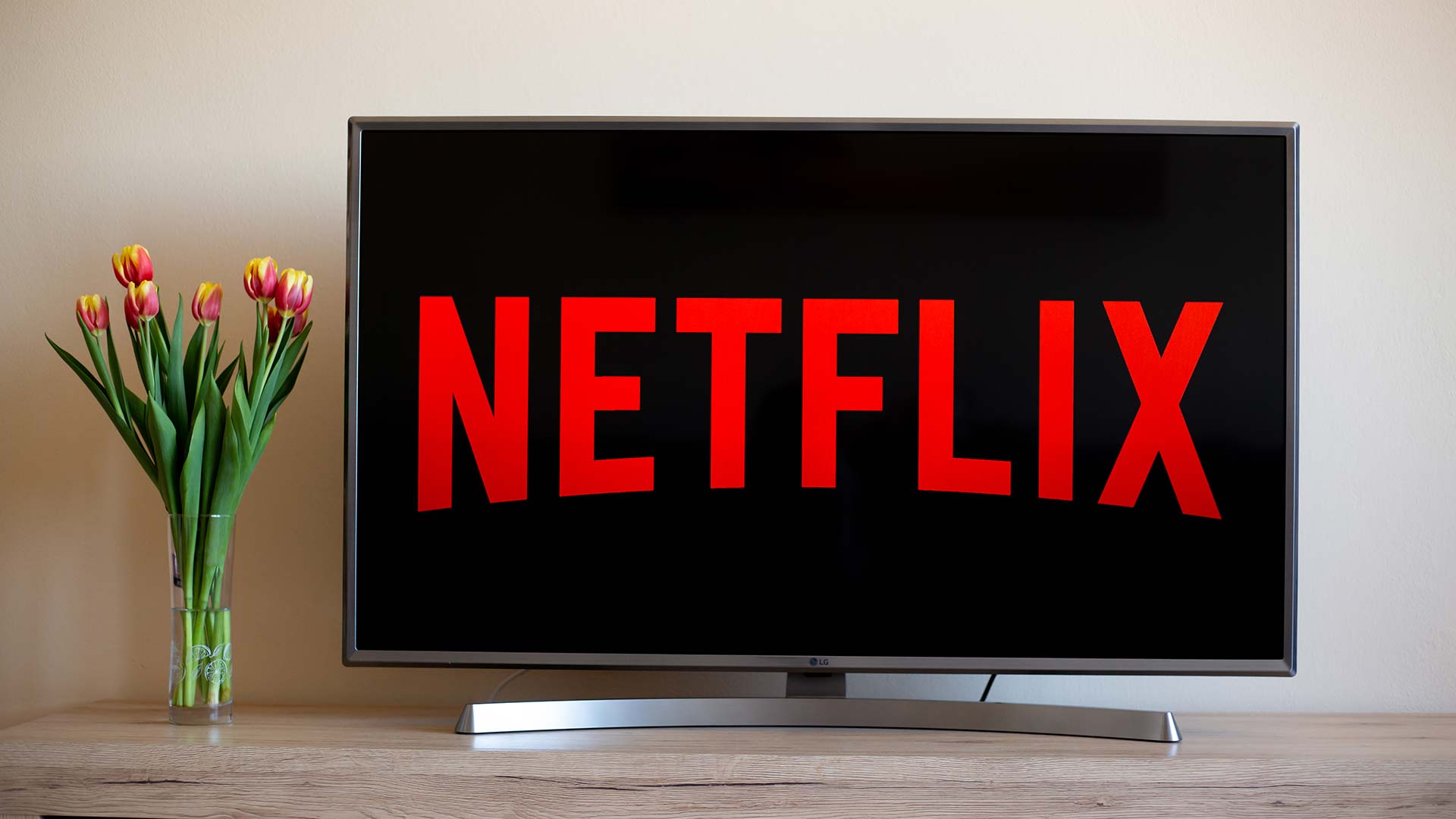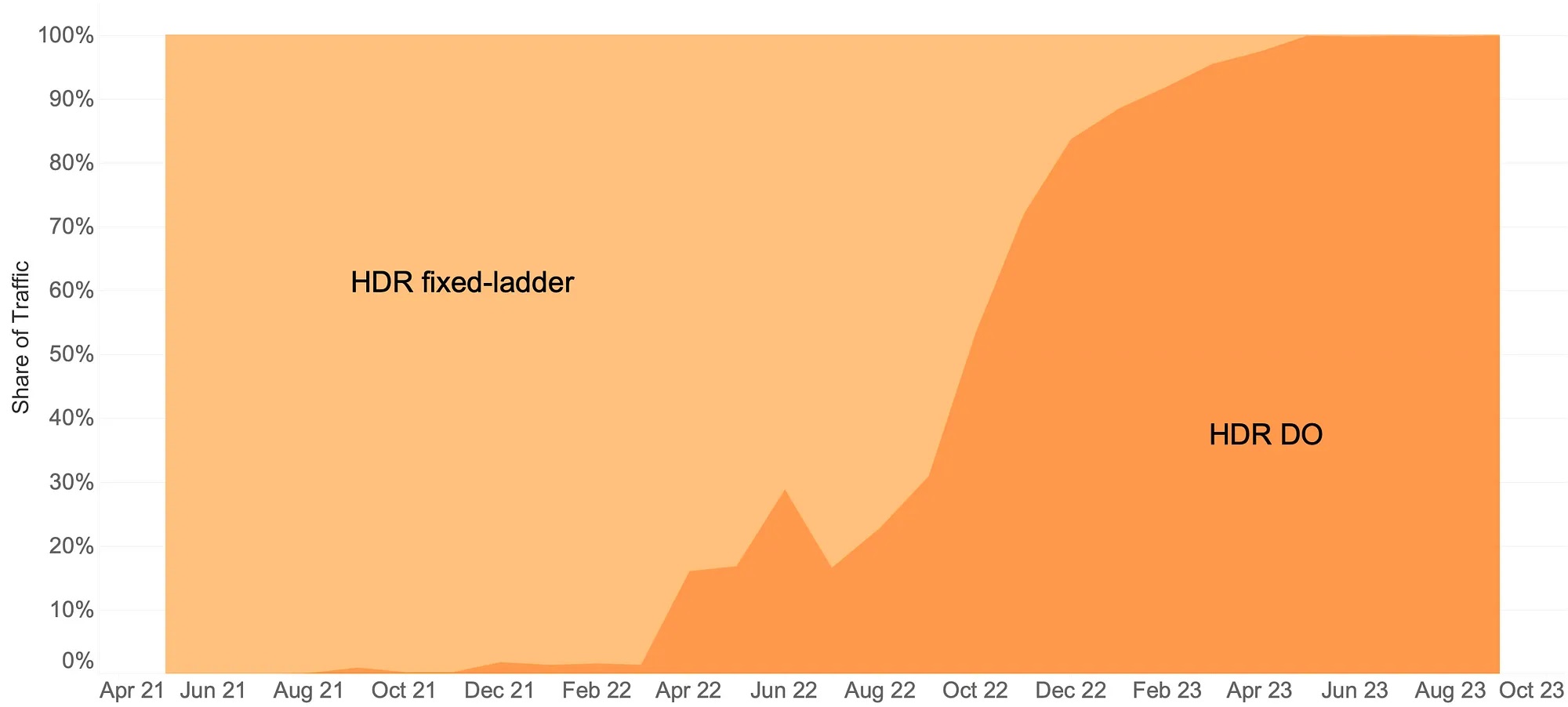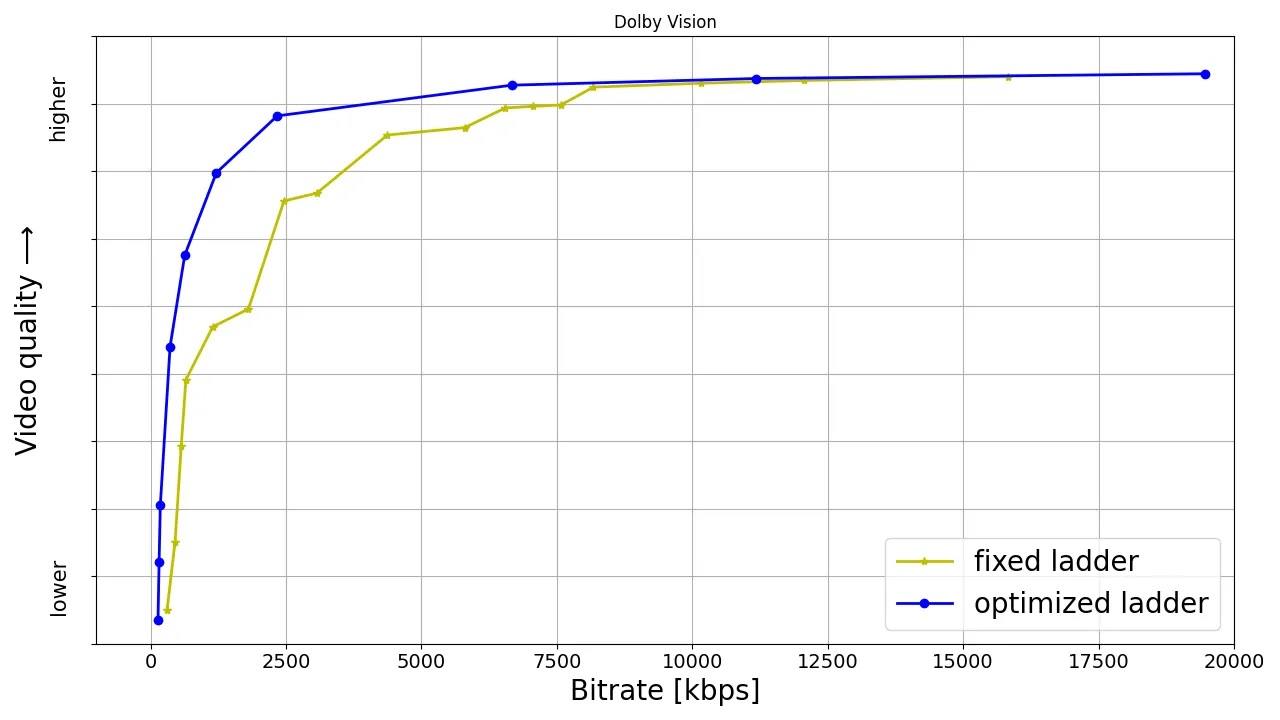Netflix just got a big upgrade for your 4K TV — what you need to know
Netflix upgrades 4K HDR performance across all devices

At some point in the last year or so, you may have noticed your 4K Netflix HDR streams looking better. And now Netflix has explained why: It has completed the transition from fixed-ladder HDR encodes to Dynamically Optimized (DO) HDR ones, which just over a year ago was only present on around 30% of its content.

Netflix details HDR-DO in a quite technical blog post here, but it’s essentially Netflix’s way of optimizing its 4K streams for both quality and efficiency on all compatible devices. According to Netflix, the result is:
- 40% fewer rebuffers
- Higher video quality for both bandwidth-constrained as well as unconstrained sessions
- Lower initial bitrate
- Higher initial quality
- Lower play delay
- Less variation in delivered video quality
- Lower Internet data usage, especially on mobiles and tablets

There’s another key benefit for Netflix, however. “In spite of reaching higher qualities than the fixed ladder, the HDR-DO ladder, on average, occupies only 58% of the storage space compared to fixed-bitrate ladder,” the company explains.
This witchcraft was achieved by more efficient spacing of ladder points, it continues. “After all, there is little to no benefit in packing multiple high-bitrate points so close to each other — for example, 3 QHD (2560x1440) points placed in the 6 to 7.5 Mbps range followed by the four 4K points at 8, 10, 12 and 16 Mbps, as was done on the fixed ladder.”
This improvement is the result of work that goes back years. It began with the HDR variant of VMAF (Video Multi-method Assessment Fusion), which is how the company analyzes stream quality via a series of objective and subjective tests.
Normally, this would be done in lab conditions with test subjects, but the pandemic put paid to that, so the company collaborated with Dolby Laboratories to conduct “subjective tests with 4K-HDR content using high-end OLED panels in calibrated conditions created in participants’ homes” instead.
The company’s VMAF is format agnostic, measuring Dolby Vision and HDR10 programs independently, and it has plans to open-source it once it's in a state to be used outside of Netflix’s internal pipelines.
Sign up to get the BEST of Tom's Guide direct to your inbox.
Get instant access to breaking news, the hottest reviews, great deals and helpful tips.
“When we do release it, HDR-VMAF will have higher accuracy in perceptual quality prediction, and be easier to use ‘out of the box’,” the company promises.
Justifying the cost
This is all very neat, but it still comes at a time when households are finding Netflix Premium increasingly hard to justify after a series of price hikes.
To get the 4K HDR footage that this improvement effects, you need to pay Netflix $22.99 per month at the time of writing. The most recent rise came two months ago, meaning that Premium had not only risen 28% in 20 months, but had nearly doubled from the $11.99 it cost just eight years ago.
Granted, Netflix is very different today to how it was then. Back in 2016, Stranger Things was brand new and Netflix Originals were still something of a novelty rather than the bulk of the content people subscribe for.
All the same, $23 is a significant outgoing each month, and one which some are struggling to justify. Especially when the cost in-part subsidizes bringing the likes of Grand Theft Auto to the company’s mobile gaming package — a part of Netflix which most subscribers are seemingly apathetic about.
Freelance contributor Alan has been writing about tech for over a decade, covering phones, drones and everything in between. Previously Deputy Editor of tech site Alphr, his words are found all over the web and in the occasional magazine too. When not weighing up the pros and cons of the latest smartwatch, you'll probably find him tackling his ever-growing games backlog. Or, more likely, playing Spelunky for the millionth time.

